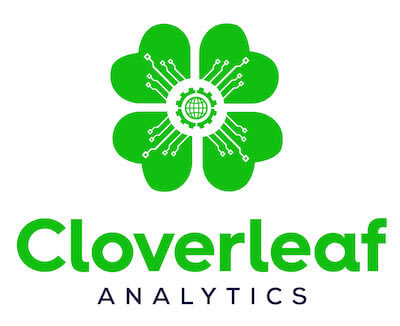Insurance Intelligence provider chooses Pyramid Analytics for its superior power and data capabilities
Based in Austin, Texas, Cloverleaf Analytics is the leader in insurance intelligence solutions, having evolved from Business Intelligence (BI) into providing advanced analytics using ML and other emerging technologies to empower carriers to achieve unparalleled growth. Cloverleaf enables carriers in diverse lines of business to create modern products that help insurers remain competitive against new market entrants while redefining what consumers and businesses understand as the meaning of insurance value.
Cloverleaf supports more than 47 different lines of business with its operational data store, which contains some 900 prebuilt KPIs and ETL processes that connect to common administration systems for insurance companies. Their goal is to help their customers improve growth and profit through modern products, advanced risk management and unparalleled customer experiences.
Cloverleaf CEO Robert Clark was first introduced to Pyramid Analytics at a conference. “We were not seeking a new front-end toolset,” he says. “But once I saw Pyramid, I decided to pull out what we already had and retool on Pyramid. We recreated our entire front end on Pyramid, because no other provider could supply capabilities and power as seamlessly.”
THE CHALLENGE
Cloverleaf’s insurance company end-users are in a constant state of discovery, with much of their time spent trying to answer questions and make determinations for their companies. Whether they are assessing risks or rates or exposure, they need to pull together data from vastly different sources — both internal and external — to find insights and answers.
Actuaries were using Python, then pulling out their data and putting it into another software for visualization. Claims adjusters had another system entirely. Cloverleaf wanted its end-users — from actuaries to claims adjusters to executives — to be able to work in the same uniform environment with the ability to combine different data from different places. They tried several solutions, but none had the capabilities or power to pull everything together in one platform that worked with their customers’ other technology, including Python and Panda, while leveraging the AWS infrastructure.
They also sought to provide all their customers with reliable, easy-to-access information in the form of dashboards, reports, and forecasts, as well as the ability to do more complex analyses, add attributes, and share insights. Plus, they needed a solution that was easy to use by everyone from front-line workers to the CEO — with minimal training.








